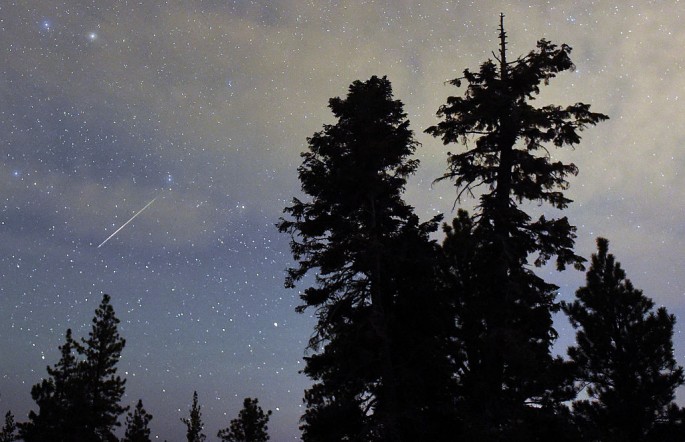Mark your calendars, sky gazers! The month of August will host one of the best Perseid Meteor shower in years. The astronomy enthusiasts will be able to witness spectacular sight when the celestial event peaks in the second week of August. Here is a brief guide to major sky events occurring in the seventh month of this year including New Moon, Full Moon, Conjunction of Venus and Jupiter and more.
New Moon: According to Seasky.org, the new moon emerged on Aug. 2, Tuesday. The phenomena reach its peak at 20:44 UTC. This was the best time for astronomy enthusiasts to observe other celestial objects which otherwise appear faint when the sky is illuminated by moonlight.
Full Moon: The Full Moon will rise on Aug. 18. On this day, the moon will be the brightest this month and it is positioned opposite Earth as the Sun. It reaches the peak at 9:26 UTC. The August moon is also known as Full Sturgeon Moon, Green Corn Moon and the Grain Moon.
Perseid Meteor Shower: On Aug. 11 and 12, the Perseid meteor shower will peak and the stargazers will be treated to a spectacular sight. It is an annual meteor shower that runs from July 17 to August 24 every year. However, this year, the shooting star event is predicted to produce meteors twice as normal.
According to Earth Sky, it will be an outburst with 200 meteors an hour when the meteor shower peaks at Thursday night and Friday morning. The count of meteors produced is expected to double up this year providing a stunning view for the star gazers.
Bill Cooke, the head of NASA's Meteoroid Environment Office in Huntsville, Alabama revealed what to expect during Perseid meteor outburst. "Forecasters are predicting a Perseid outburst this year with double normal rates on the night of Aug. 11-12," said Bill Cooke in a statement as published on official NASA website. "Under perfect conditions, rates could soar to 200 meteors per hour."
In order to watch Perseid, it is advised to enjoy the meteor shower from a dark location, away from city lights. No special equipment is required to witness the best Perseid in years.
The conjunction of Venus and Jupiter: the two brightest planets will appear close to the ecliptic as observed from Earth. It is the best time to observe Venus and Jupiter and it occurs on Aug. 27. They will appear extremely close, only 0.06 degrees apart.
In addition, this month will see Mercury at Greatest Elongation. This is the best time to observe Mercury. It is said to be at "its highest point above the horizon in the evening sky."



























